
2022翻译三级笔译实务模拟题4套题
9页1、英语翻译三级笔译实务模拟试题及答案解析(1) (1/1)Section English Chinese Translation Translate the following two passages into Chinese . 第1题 This month, the United Nations Development Program made water and sanitation the centerpiece of its flagship publication, the Human Development Report. Claims of a water apartheid, where poor people pay more for water than the rich, are bound to attract attention. But what are the economics behind the problem, and how can it be fixed? In countries that have trouble delivering c
2、lean water to their people, a lack of infrastructure is often the culprit. People in areas that are not served by public utilities have to rely on costlier ways of getting water, such as itinerant water trucks and treks to wells. Paradoxically, as the water sources get costlier, the water itself tends to be more dangerous. Water piped by utilitiesto the rich and the poor alikeis usually cleaner than water trucked in or collected from an outdoor tank. The problem exists not only in rural areas bu
3、t even in big cities, said Hakan Bjorkman, program director of the UN agency in Thailand. Further, subsidies made to local water systems often end up benefiting people other than the poor, he added. The agency proposes a three-step solution. First, make access to 20 liters, or 5 gallons, of clean water a day a human right. Next, make local governments accountable for delivering this service. Last, invest in infrastructure to link people to water mains. The report says governments, especially in
4、developing countries, should spend at least 1 percent of gross domestic product on water and sanitation. It also recommends that foreign aid be more directed toward these problems. Clearly, this approach relies heavily on government intervention, something Bjorkman readily acknowledged. But there are some market-based approaches as well. By offering cut-rate connections to poor people to the water mainline, the private water utility in Abidjan, Ivory Coast, has steadily increased access to clean
《2022翻译三级笔译实务模拟题4套题》由会员bi****92分享,可在线阅读,更多相关《2022翻译三级笔译实务模拟题4套题》请在金锄头文库上搜索。
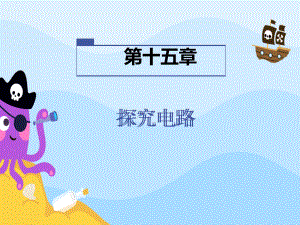
沪科版九年级物理第十五章探究电路整单元课件
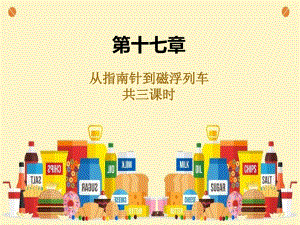
沪科版九年级物理下册17章从指南针到磁浮列车三课时
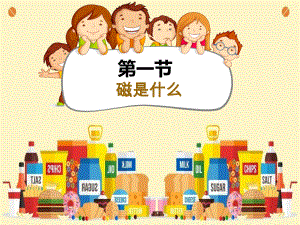
沪科版九年级物理下册磁是什么

依依惜别 共2课时
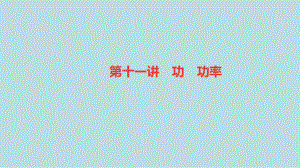
中考物理复习课件第11讲 功 功率(共12张PPT)
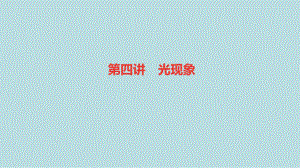
中考物理复习课件第4讲 光现象(共44张PPT)
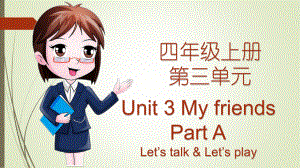
人教版小学英语四年级上册第三单元Unit-3-Part-A-Let's-talk课件
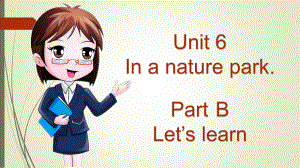
人教版五年级英语上册第六单元Unit-6-Part-B-Let's-learn-课件
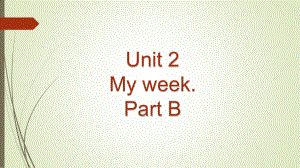
人教版五年级英语上册第二单元-Unit-2-My-week-part-B
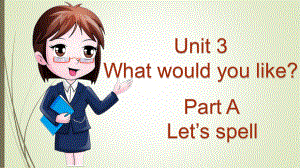
人教版五年级英语上册第三单元-Unit-3-What-would-you-like-Part-A-Let's-spell课件
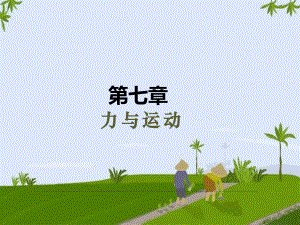
沪科版八年级物理第七章力与运动课件共四课时
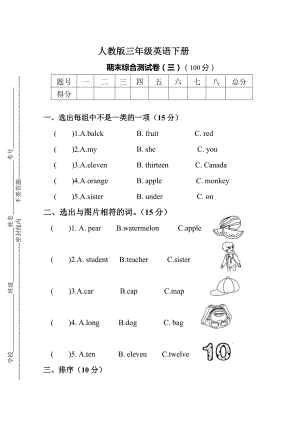
人教版三年级英语下册期末综合测试卷(三)含答案
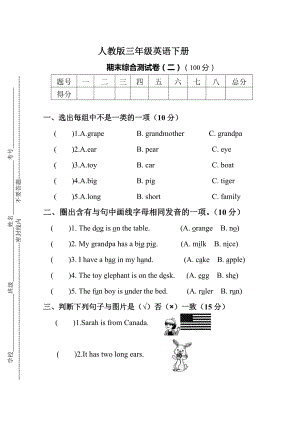
人教版三年级英语下册期末综合测试卷(二)含答案
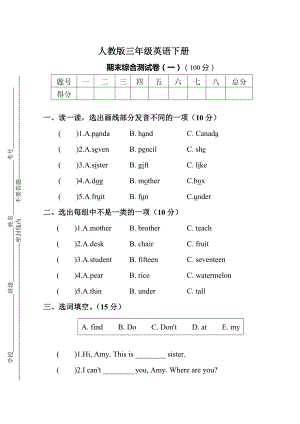
人教版三年级英语下册期末综合测试卷(一)含答案
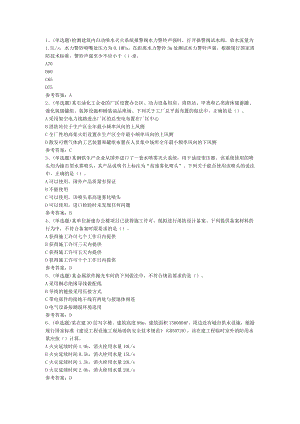
2022年注册消防工程师消防安全技术综合能力模拟考试题库试卷六
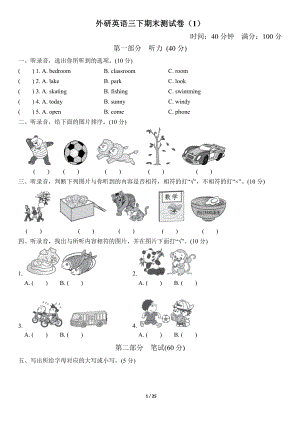
外研英语三下期末测试卷五套题含答案
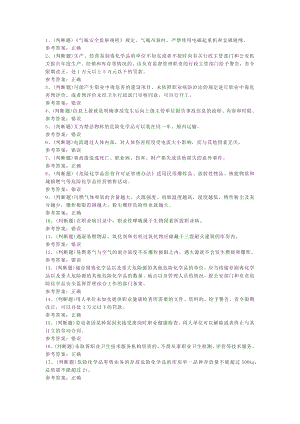
2022年危险化学品经营单位安全生产模拟考试题库试卷一
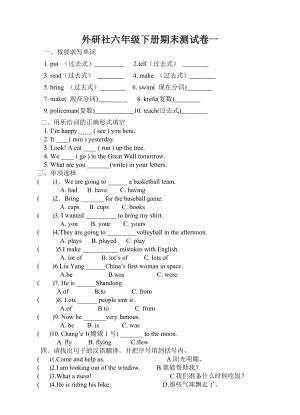
外研版英语六年级下册期末测试卷五套题含答案
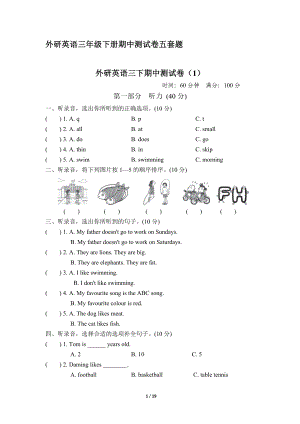
外研英语三年级下册期中测试卷五套题含答案
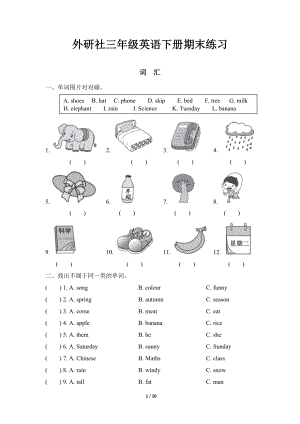
外研社三年级英语下册期末练习含答案
 年满七十岁以上老年人驾考三力能力测试题库
年满七十岁以上老年人驾考三力能力测试题库
2023-12-21 86页
 70岁以上的换领驾驶证三力测试题答案
70岁以上的换领驾驶证三力测试题答案
2023-12-21 81页
 驾驶证“三力”测试题库(老年驾考适用)
驾驶证“三力”测试题库(老年驾考适用)
2023-12-21 86页
 七十岁以上老年人换长久本驾照三力测试题库含答案
七十岁以上老年人换长久本驾照三力测试题库含答案
2023-12-21 86页
 70周岁以上初次申领小型汽车驾照三力测试答案
70周岁以上初次申领小型汽车驾照三力测试答案
2023-12-21 79页
 70岁以上老人考领驾照之前增加能力测试三力测试题
70岁以上老人考领驾照之前增加能力测试三力测试题
2023-12-21 78页
 驾考三力能力测试题库答案
驾考三力能力测试题库答案
2023-12-21 82页
 c1驾考三力测试题目答案
c1驾考三力测试题目答案
2023-12-21 85页
 70岁老年人C2换证三力测试题,驾考模拟20题
70岁老年人C2换证三力测试题,驾考模拟20题
2023-12-21 86页
 三力测试题70周岁以上需要补换领驾驶证适用
三力测试题70周岁以上需要补换领驾驶证适用
2023-12-21 80页

